Massachusetts Could Become The Third State To Ban Cat Declawing
If you’re a cat lover, this is for you. Massachusetts officials are taking a stand against a practice many people used to keep their cat from scratching up their furniture….

If you're a cat lover, this is for you. Massachusetts officials are taking a stand against a practice many people used to keep their cat from scratching up their furniture. The state is one step closer to becoming only the third state to ban cat declawing.
What is cat declawing and why is it so bad?
Cat declawing is the process where the last bone of each toe on a cat's paw is amputated. It's been compared to cutting off your finger at the last knuckle. The wounds are then closed with surgical glue or stitches, and the cats paws are bandaged. Amputation is done in various ways including: scalpel, guillotine clipper, or laser surgery. According to the Humane Society, declawing can cause both physical and behavioral problems for your cat. It also significantly increases the odds of back pain in your kitty, litter box aversion, as well as biting.
Here in Massachusetts, about the procedure, the MSPCA says, "Our animal hospital, Angell Animal Medical Center, has not performed declawing surgery for decades because it is not in the interest of the animal, often involves painful complications, and can create lifelong behavior problems."
What's in the bill to ban cat declawing?
The Massachusetts Senate has unanimously passed the bill to ban declawing on cats. The bill is sponsored by New Bedford Sen. Mark Montigny. It was passed unanimously by the Senate, and now needs to pass the House before it heads to Gov. Maura Healey for her signature. Once passed, Massachusetts would be only the third state to ban the practice. New York was first, and Maryland second.
There will be exemptions made if a vet determines that it is medically necessary. People who violate the bill would face a fine of $1,000 for the first offense, $1,500 for the second and $2,500 for each additional offense.
Happy International Cat Day! The day takes place on August 8th every year. It was created in 2002 by the International Fund for Animal Welfare. It was a day to raise awareness for cats, and to learn about ways to help and protect them. In 2020, custodianship of International Cat Day passed to International Cat Care, a not-for-profit British organization working to improve the health and welfare of domestic cats worldwide since 1958.
Ways to celebrate International Cat Day
Honestly, you know your cat better than we do, and would know the best way to celebrate with your favorite feline. So whether it's a special treat, toy, or time with your kitty, enjoy the day.
Volunteer at a cat shelter
A great way to help the cause and reason for the holiday to exist, is to help other cats. Yes, have fun, but also help raise awareness about the many cats who don't have homes. Animal shelters are always in need of volunteers and resources. Check out your local shelter to see what their specific needs may be. You could also do something special for the staff at the shelters, so they know how much they're appreciated. Here's a list of approved shelters and rescue organizations from Mass.gov.
Adopt a cat
May seem like an obvious choice, but one of the best things you can do to celebrate cats today is to adopt one from a shelter. Cats are pretty low maintenance and could bring a whole lot of love to your home. Rescue a cat, and I'm sure they'll rescue you right back.
Visit a local cat cafe
If you can't get enough of cats, you might want to visit a local cat cafe. Kitty Cat Cafe is Massachusetts only cat cafe.
Whatever you do to celebrate, it's no surprise that cats are loved for lots of reasons. While you're here, check out some fun and fascinating cat facts.
A group of kittens is called a kindle
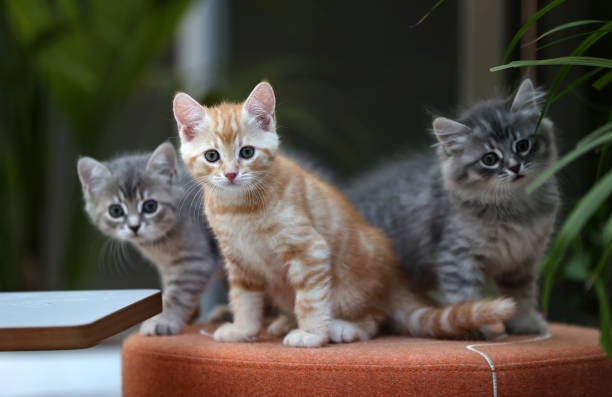 (Photo by Ali Atmaca/Anadolu Agency via Getty Images)
(Photo by Ali Atmaca/Anadolu Agency via Getty Images)No it's not just an e-reader! A kindle is the word used to describe a group of kittens born to one cat. Meanwhile, a group of full-grown cats is called a clowder.
Cats LOVE being clean
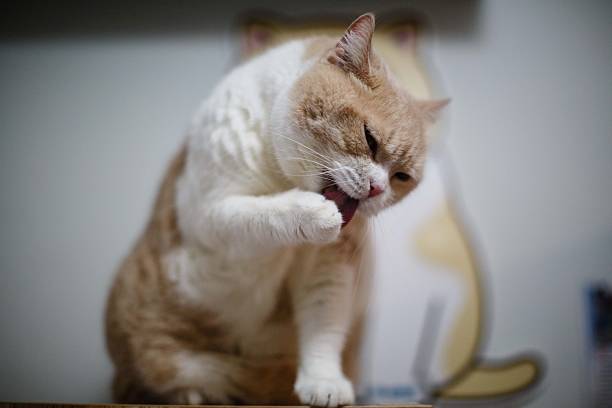 (Photo credit should read ANTHONY WALLACE/AFP via Getty Images)
(Photo credit should read ANTHONY WALLACE/AFP via Getty Images)It's believed that cats spend 30-50% of their day grooming themselves. This behavior serves several purposes: It helps cats tone down their scent so they can avoid predators, it cools them down, it promotes blood flow, and it distributes natural oils evenly around their coat, allowing them to stay warm and dry.
Egyptians mourned their cats in a unique way

The mummies of cats and other felines are displayed after the announcement of a new discovery carried out by an Egyptian archaeological team in Giza's Saqqara necropolis, south of the capital Cairo, on November 23, 2019. - Egypt today unveiled a cache of 75 wooden and bronze statues and five lion cub mummies decorated with hieroglyphics at the Saqqara necropolis near the Giza pyramids in Cairo.<br>Mummified cats, cobras, crocodiles and scarabs were also unearthed among the well-preserved mummies and other objects discovered recently. (Photo by Khaled DESOUKI / AFP) (Photo by KHALED DESOUKI/AFP via Getty Images)
When a family cat died in ancient Egypt, family members would shave off off their eyebrows as a sign of mourning.
Cats have fewer taste buds than dogs or humans
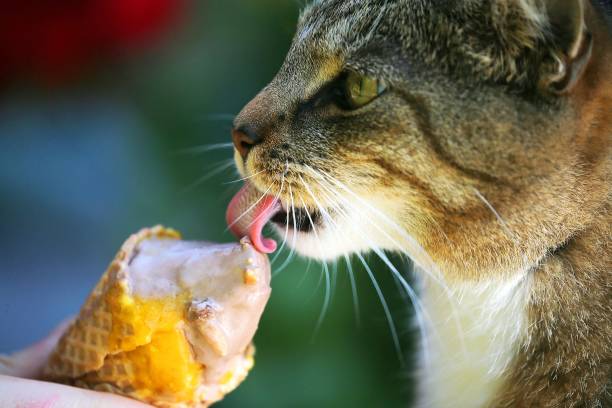 (Photo by Wolfgang Kumm / dpa / AFP) / Germany OUT (Photo by WOLFGANG KUMM/dpa/AFP via Getty Images)
(Photo by Wolfgang Kumm / dpa / AFP) / Germany OUT (Photo by WOLFGANG KUMM/dpa/AFP via Getty Images)Cats have about 473 taste buds, which is far fewer than people or dogs. We have 9,000, and dogs have 1,700. Cats can taste savory, salty, bitter, and sour flavors, but they don’t taste sweets. Scientists believe that it's due to a genetic mutation that affects key taste receptors.
Cats are more popular
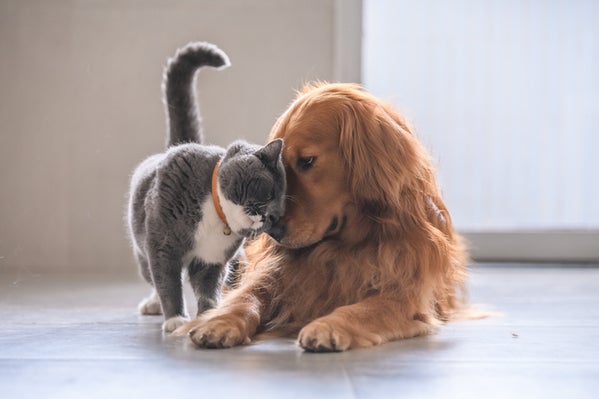 Getty
GettyThis may come as a surprise, but cats are actually more popular in the United States than dogs are. There are around 88 million pet cats versus 75 million pet dogs.
Male cats have barbed penises (ouch!)
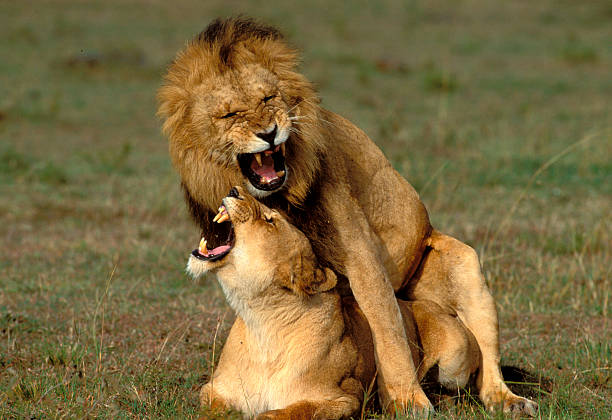 (Photo by: Auscape/Universal Images Group via Getty Images)
(Photo by: Auscape/Universal Images Group via Getty Images)This is just wrong on so many levels. Apparently this is true, and the barbed penises serve a purpose. The barbs stimulate the vulva, allowing the female to ovulate, and they also keep her from escaping mid-coitus. Again, just so wrong.
Cats have more bones than you do
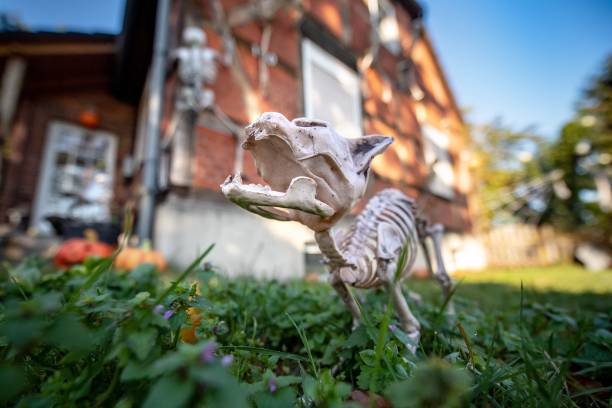 Photo: Sina Schuldt/dpa (Photo by Sina Schuldt/picture alliance via Getty Images)
Photo: Sina Schuldt/dpa (Photo by Sina Schuldt/picture alliance via Getty Images)Cats have 244 bones in their bodies. That's even more than humans, who have 206.
In cat life, a year is not a year
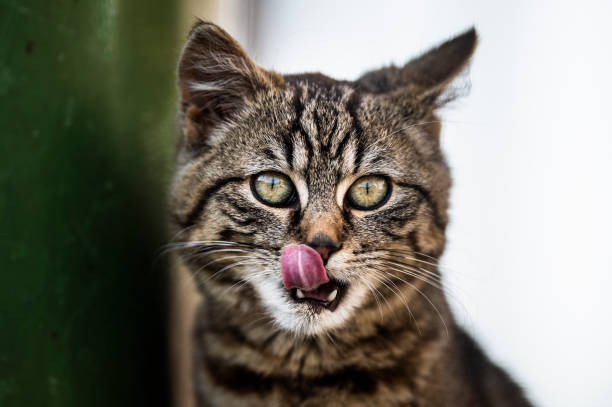 (Photo by Florian Gaertner/Photothek via Getty Images)
(Photo by Florian Gaertner/Photothek via Getty Images)The first year of a cat’s life equates to around 15 human years. The second year is about nine human years, and every year thereafter is approximately four human years. It's said this fascinating cat fact helps us better understand the age and life stage of our feline friends.
Cats are power nappers
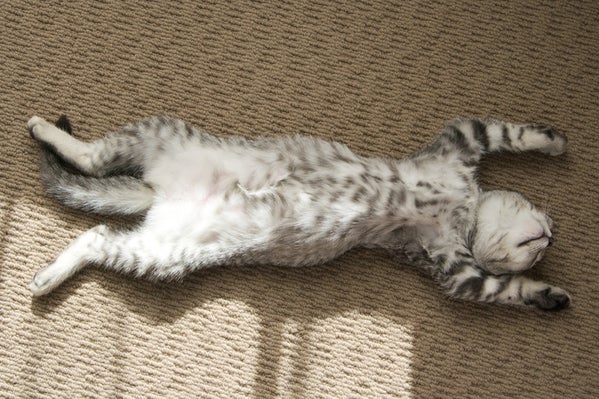 Getty
GettyCats are well-known for their sleeping habits, and are reportedly knocked out for an impressive 12 to 16 hours daily! This means cats spend approximately 70% of their lives in asleep. Despite their reputation for laziness, cats are incredibly alert when awake and spend considerable time hunting.
Many cats are lactose intolerant
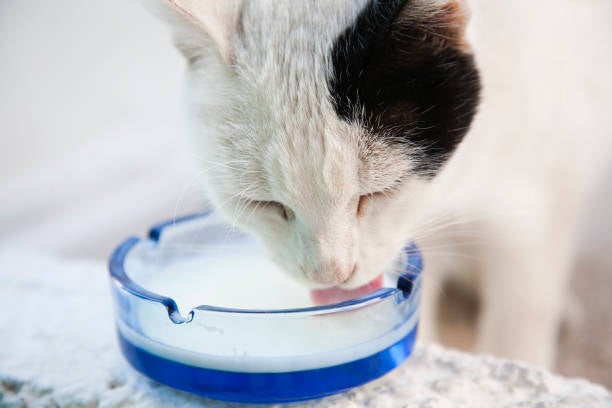 (Photo by: Giulio Andreini/UCG/Universal Images Group via Getty Images)
(Photo by: Giulio Andreini/UCG/Universal Images Group via Getty Images)Contrary to popular belief, many cats are lactose intolerant. After weaning, cats cease producing the enzyme that allows them to digest lactose, so feeding cats cow’s milk can often lead to digestive issues.
Cats do dream
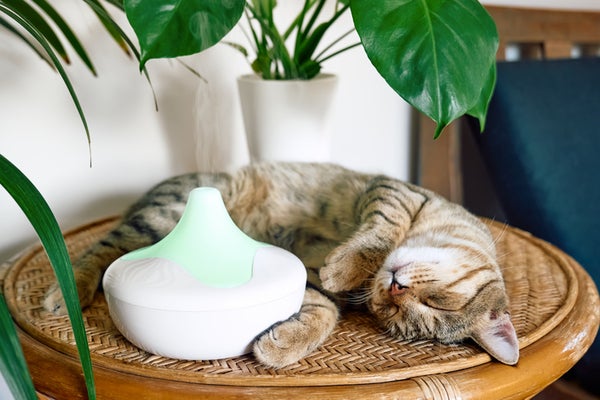 Getty
GettyJust like humans, cats go through different stages of sleep, including REM sleep, which is when dreaming occurs. So, yes, your cat likely dreams!
Felines are very fertile
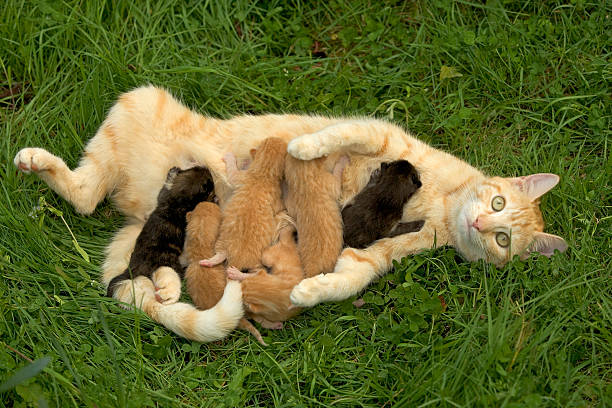 (Photo by: Auscape/Universal Images Group via Getty Images)
(Photo by: Auscape/Universal Images Group via Getty Images)A single pair of cats and their kittens can produce as many as 420,000 kittens in just seven years. That's a lot of cats! That’s why spaying and neutering are so important!
Longer life for neutered and spayed cats
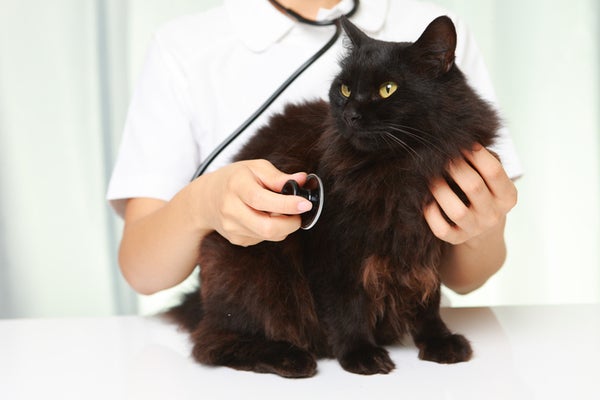 Getty
GettyNeutered male cats live an average of 62% longer than unneutered ones, while spayed female cats live an average of 39% longer than unspayed ones.
Six-toed kittens are common in Boston
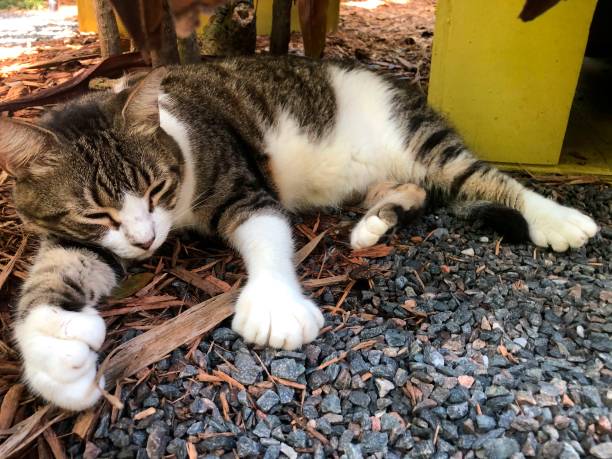 (Photo by Leila MACOR / AFP) (Photo by LEILA MACOR/AFP via Getty Images)
(Photo by Leila MACOR / AFP) (Photo by LEILA MACOR/AFP via Getty Images)Six-toed kittens are so common in Boston, as well as surrounding areas of Massachusetts, that experts consider it an established mutation.







